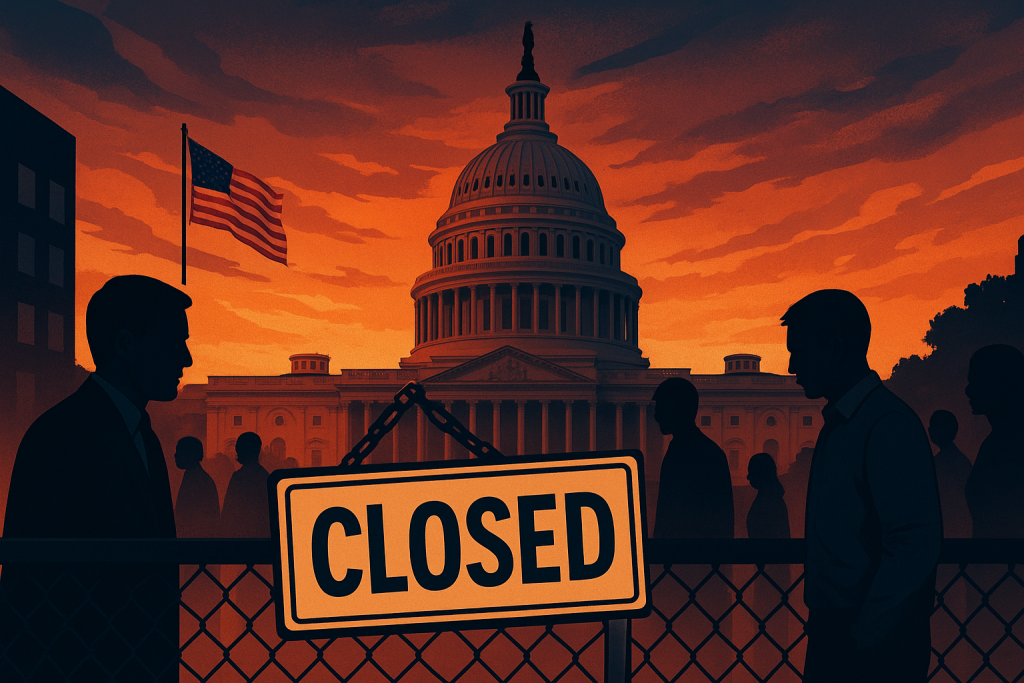The US federal government remains partially closed as Senate Democrats continue to block funding legislation for the tenth time. Their demand centers on securing continued healthcare subsidies, while Republicans criticize the obstruction of defense spending.
The temporary funding bill, which could have ended the shutdown that began on October 1, failed in the Senate with a vote of 51–45, falling short of the 60 votes needed to overcome a procedural filibuster, according to AP News.
As negotiations stall, hundreds of thousands of federal employees remain on unpaid leave, with even more uncertain about their upcoming paychecks.
Alaska Senator Lisa Murkowski highlighted the human impact:
“As both sides remain entrenched on day 16 of the shutdown, ordinary Americans are left wondering if their government will be there when they need it.”
Media reports suggest this shutdown could surpass the 16-day closure in 2013, which was also linked to disputes over the Affordable Care Act (ACA). The White House has noted that payroll for military personnel this week cost $6.5 billion, though it is unclear if funds will cover the next pay period.
Republican Senate leader John Thune accused Democrats of blocking efforts to reopen the government, rejecting proposed compromises. He also suggested a separate vote on extending ACA subsidies, but without any guarantee of success.
Meanwhile, Senate Democrats insist that without firm guarantees on maintaining healthcare tax credits, they will not support any funding legislation. Senate Majority Leader Chuck Schumer warned that rising insurance premiums could affect 24 million Americans enrolled through state ACA marketplaces, with new rates expected to be communicated as early as November 1.
Experts note that the government shutdown also introduces risks for startups and delays in planned initial public offerings. On October 16, Republicans attempted to advance a defense funding bill, hoping to break Democratic resistance, but it failed with a vote of 50–44, with only three Democrats supporting the measure.
Despite isolated attempts at compromise, bipartisan dialogue remains stalled, and Capitol Hill observers see little immediate solution. House Speaker Mike Johnson admitted, “Many are asking us how this ends. We have no idea.”
Polymarket users estimated a 71% probability that the shutdown would have ended after October 15. Government agencies continue to postpone reporting, including monthly inflation data.
